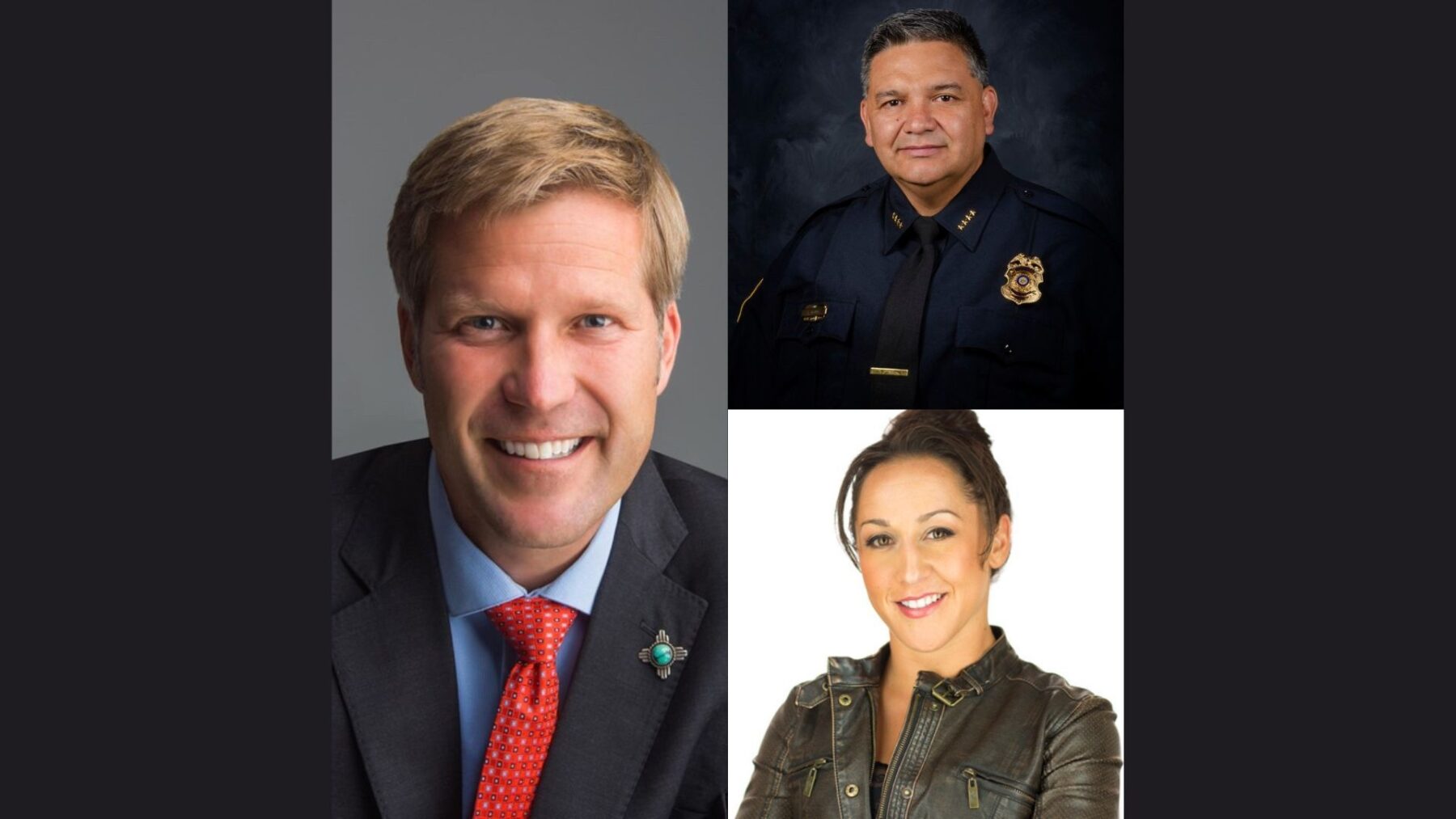Alicia Otero never intended to become an advocate for the families of homicide victims. However, in February 2021 her life changed forever. That month, Alicia’s son Elias was murdered in his Albuquerque, New Mexico, driveway by a group of assailants during an attempted robbery. Ultimately, detectives solved the case, and six people were arrested for involvement in Elias’ murder. Five of them have been tried and convicted so far.
Otero’s experience is part of a broader change in how Albuquerque is addressing crime and community safety. In recent years, city officials have made a pointed effort to solve more homicides and bring justice to victims’ families. It’s paying off. By investing in the police department’s homicide unit, new technologies, and an alternative crisis response approach, the city has increased its homicide clearance rate to 126% for 2024 — indicating that they have solved most of this year’s murders and many from previous years as well.
Albuquerque’s success suggests a way forward for jurisdictions that want to focus finite public resources on proven ways to reduce violence. It comes at a time when many other police departments nationwide are struggling to solve homicides and violent crime, leaving people free to re-offend as well as undermine community safety and well-being.
“Violent crime continues to have a devastating effect on families and communities across this country,” said Alyson Clements, director of criminal justice advocacy at Arnold Ventures (AV). “Yet more than half of reported violent crimes go unsolved every year. Effectively solving violent crime and providing closure for victims is a fundamental function of our criminal justice system.”
“There is going to be accountability”
Like other cities, Albuquerque once struggled to solve homicides and reduce violent crime. In 2020, the police department made arrests in only around 55% of all homicide cases, and officials realized that something needed to change.
Mayor Tim Keller, who took office in 2017, says that improving that number is the result of a long-term effort. Over the years, Keller’s administration has dedicated around $40 million to improving Albuquerque’s real-time crime center, including investing in tools like gunshot detection, cameras, and license plate readers. Last year, the city opened a new, state-of-the-art physical space where crime analysts work to examine information that can lead to arrests in shootings.
“We had to make a huge change in what we were doing technologically,” Keller says. “Putting that all together has been a massive investment in technology, and it’s exactly what we set out to do.”
These changes laid the foundation for major shifts in Albuquerque Police Department (APD) resources, policy, and operations, explains Chief of Police Harold Medina. In particular, APD changed leadership in the homicide unit and invested in doubling the size of the homicide detective team. It also hired an investigator from the district attorney’s office who has insight into what prosecutors need in order to successfully try homicide cases. Additionally, the department created a three-week detective academy, enhancing the training that personnel receive.
These days, many conflicts begin on social media, so APD also created a new and experienced digital investigative team that uses technology to help solve murder cases. Finally, accountability is key, Medina says. That’s why he checks in regularly with his violent crimes unit, tracking homicide numbers and pushing them to advance cases.
Bringing people who have committed murder to justice is an important preventive measure that improves community safety. “The best thing we can do to deter homicides is to let people know that there is going to be accountability, that they are going to be captured,” Medina says. “That’s a deterrent, and it prevents future homicides.”
“We can fill the gap”
Investing in additional police resources and technologies is only one part of the puzzle. Also contributing to Albuquerque’s recent success in reducing violence and improving community safety is a unique alternative response department, Albuquerque Community Safety (ACS). The department, which is part of the city’s 911 system, sends trained professionals with backgrounds in mental and behavioral health and social services instead of police to field calls related to mental health, substance use, and homelessness. With a nearly $20 million budget, ACS employs more than 50 trained responders.
“We’re the only city in America that has a full-fledged, cabinet-level alternative response department, in addition to police and fire,” Keller explains. “It’s not a pilot project. When you call 911, you have a one in three chance that ACS will respond to your call.”
Launched in 2021, ACS helps to focus police resources on more serious crimes and reduces the potential for community members’ interactions with the police department over nonviolent issues to result in physical harm for either party. In addition to mental and behavioral health responders, the team employs a number of trained professionals for different circumstances: a street outreach team to coordinate essential resources for the homeless and others in need, a mobile crisis team of clinicians who ride along with police to help on scenes where people are experiencing a mental health crisis, and violence interventionists who respond to homicides and shootings in an effort to prevent retaliation and support victims’ families.
To date, ACS has responded to more than 72,000 calls, around 80% of which were diverted from what would typically be assigned to police. “Our work allows officers more time to spend being officers, which includes solving violent crimes,” says Jodie Esquibel, acting director of ACS.
One of the most important aspects of ACS’ work is the impact it has on the community. “We’re building a rapport with some of the most vulnerable individuals in our community, people who normally wouldn’t talk to police,” says Walter Adams, the mental and behavioral health division manager of ACS. “That’s what we’re trained to do.”
“A world of difference”
Alicia Otero, too, is doing her part to support Albuquerque’s communities. In 2021, working with other mothers of murdered children, she co-founded New Mexico Crusaders for Justice, a group that provides resources for families of homicide victims.
There’s no handbook telling families what to do next, Otero notes. “We have a lot of people who come to us and there’s no camera, no evidence of anything, and it’s already becoming a cold case,” Otero explains. “They’re so distraught.”
New Mexico Crusaders works closely with APD, which has invested resources toward victim liaisons who walk families through the process, keep them informed, and connect them to resources.
The victim liaison plays the middleman, frequently reaching out to the families, even when detectives are busy, and providing them updates, Otero explains. “It’s great that they have someone to call,” she says. “It has been a world of difference.”




















